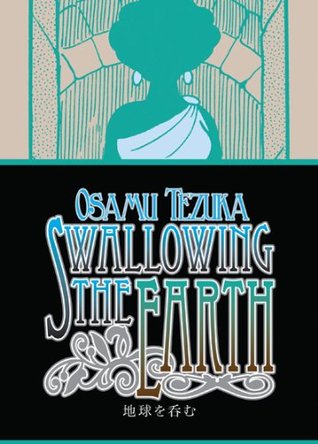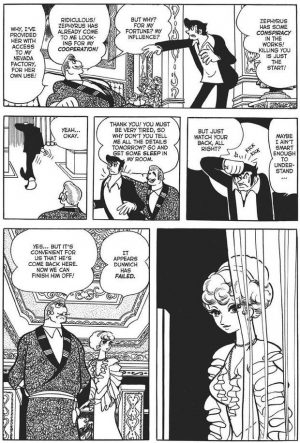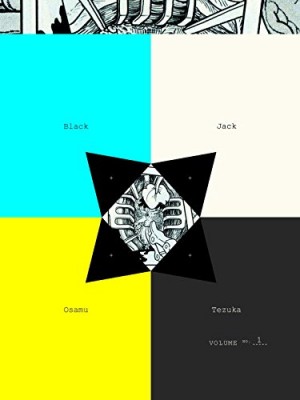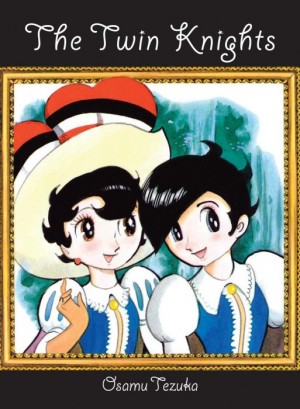Review by Jamie McNeil
In a tomb on a distant island seven acolytes swear an oath on the grave of their mother to avenge her death and love no man, treating them all with disdain. In 1942 a dying American POW feverishly whispers the word Zephyrus to his Japanese captors while clenching the photo of a beautiful blonde woman. The men try to find this Zephyrus, eventually giving up to go on with their lives. More than twenty years later one of them discovers that a woman named Zephyrus is staying in a nearby hotel and recruits the other’s son to investigate. So begins a deadly saga of obsession, passion, lust, betrayal and violence that sweeps all in its wake.
Osamu Tezuka was already hugely successful in his native Japan by the time he wrote Swallowing the Earth. Astro Boy was about to become an animated TV show that would define anime, but according to comics historian Frederick Schodt, Tezuka still wanted to push the limits of the art form. This book is his first foray writing for adults, the starting point of his journey from creator of children’s stories to Manga no Kami-sama – the God of Manga.
With themes of race, sex, economics and society Earth is Tezuka’s experiment, an exploration of Japanese culture’s post war evolution. The country that had gone to war with America was now being heavily influenced by all things American and this was reflected in his work. It’s clear in his female lead, the blonde Zephyrus who represented the Japanese fantasy of yamato nadeshiko (“the epitome of pure, feminine beauty”) at the time. It isn’t the only way Tezuka subverts the genre, his male protagonist Matsu a brawny yokel who loves booze, considered dishonourable and fobbed off as stupid, but far more observant and resourceful than people give him credit for.
Over the course of 500 plus pages it is evident that Tezuka is clearly enjoying the process of discovery, both within the storytelling and the art. He’s always heading in a new direction, reportedly seeing where the story went from week to week. There are a number of truly clever plot devices he employs while splicing new genres into the tale. One moment it’s a war story, the next a spy thriller, then action adventure before flirting with horror. His use of themes like domestic abuse and emotional manipulation are gripping while his depiction of narcissism is way ahead of its time. Unfortunately, it is needlessly too long with Tezuka often repeating himself, and it would be a much better tale without a third of these pages.
The downside then would be far less of Tezuka’s stupendous artwork. His cityscapes, spread over two pages, are precise and incredibly detailed. His characters move with energy, a comic madness present in the exaggerated lines and physical responses of his cast. This is a dark and tense story that he can heighten at any point with a look of fear, lust or anger, but he can also change the mood in a instant. Scenes of anti-aircraft guns firing as GI’s storm the beach or combatants duelling to the death are riveting but equally sumptuous are the details of 1960s automobiles or the luxurious interior of a hotel.
Swallowing the Earth isn’t Tezuka’s best work, but it is important, proving that he was more than just a writer of children’s stories. It drags on at times and lacks congruence, but it remains surprisingly engaging despite that. If you love beautiful and innovative black and white artwork, you need this book.





